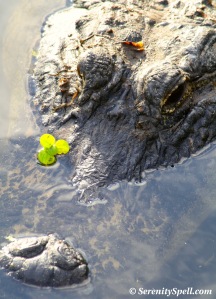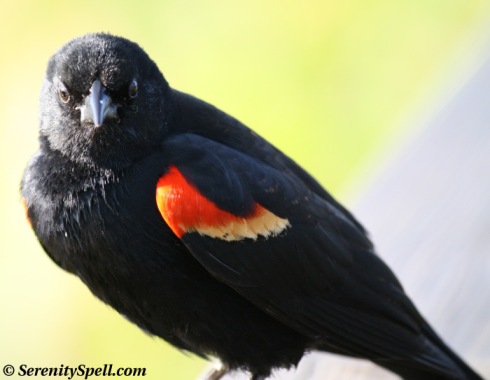
Welcome to the story of the “Amazing Yucca Stalk.” Parts one and two tell the story of how this stalk grew.
The stalk has reached its full height, and busted out in little pollen-rich buds. Are these the flowers? I’m disappointed in myself for secretly wanting them to be the big white “lanterns of the gods” instead. It is also clear I need to research my yucca plant further, as moths are NOT the pollinators of this particular type of plant.
For a week now, the stalk has been a mecca for hundreds of bees. They are constantly busy on the stalk, collecting pollen. In fact, it’s possible some of them stay all night. They are there when I go to bed at night, and they are there at 5:00 a.m.
The energy of nature is awesome to behold. Even here in the desert when temperatures are reaching 110 degrees, this factory of fertile production continues without abatement.
The bees are busy, and appear calm. I’m not sure how I’m assessing bee “calmness” – it’s just that they are not buzzing, and while they are continually moving from one bud to another, they aren’t in a flurry about it. My human interpretation is that there is SO MUCH to be gathered here, that there is no need to rush.
Another interesting note: As I was driving home from work in central Phoenix yesterday, I spotted a stalk just like this one beside the highway. These aren’t everywhere, since they only appear every decade or so for each yucca plant, and this is the first one I’ve seen since ours burst forth. I wasn’t able to tell whether the highway yucca stalk had a factory of bees busy at work, but I suspect so. Again, to humanize the bees, this must be a rare occurrence for the bees, and an incredible gift from mother nature.







 If you want to learn more about Javelina (including the big question: pig, deer, or rodent?) – check out the
If you want to learn more about Javelina (including the big question: pig, deer, or rodent?) – check out the